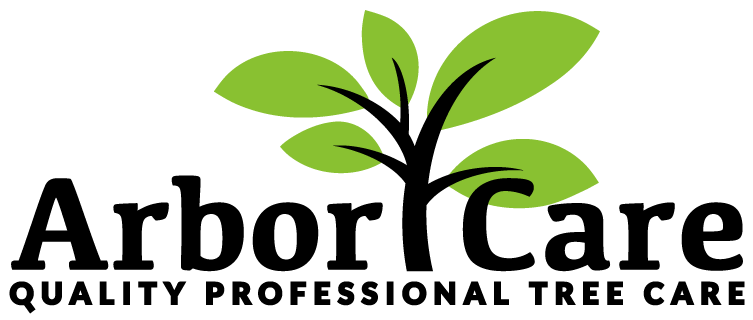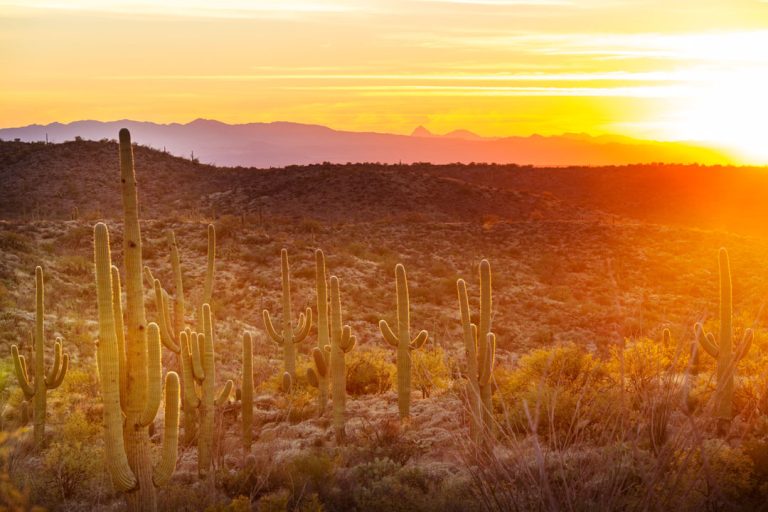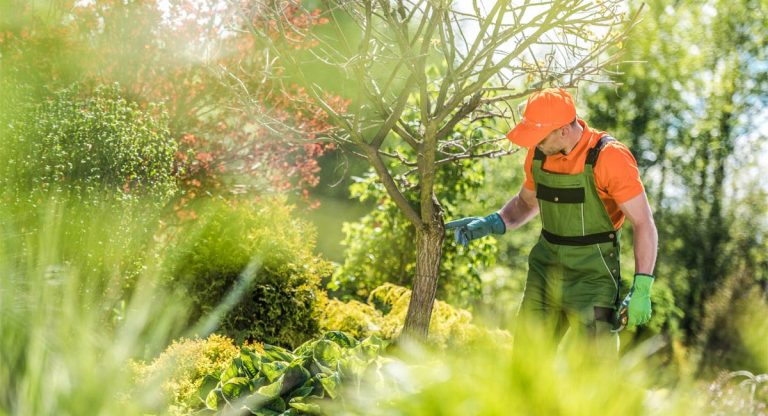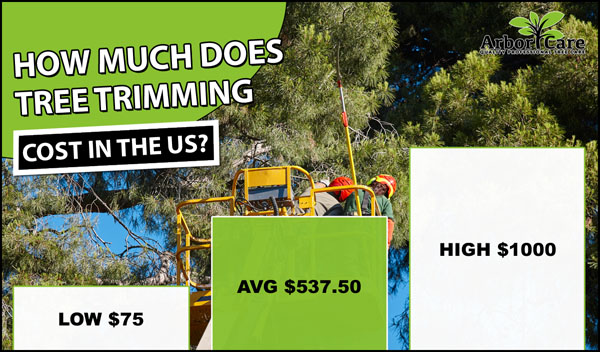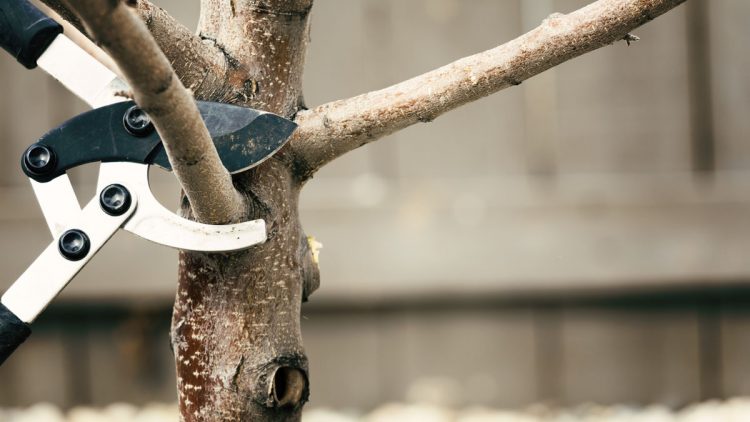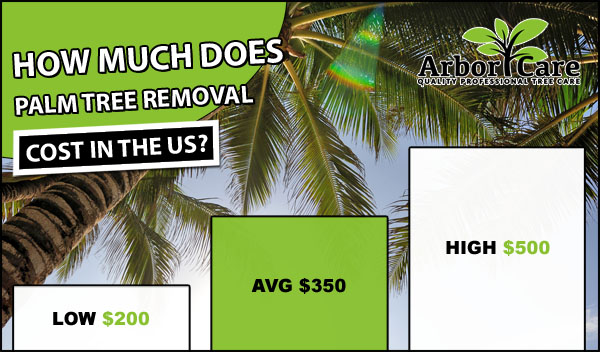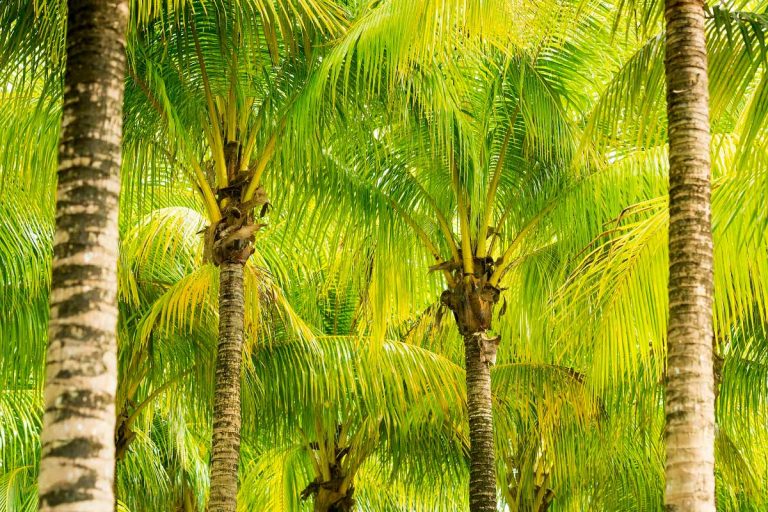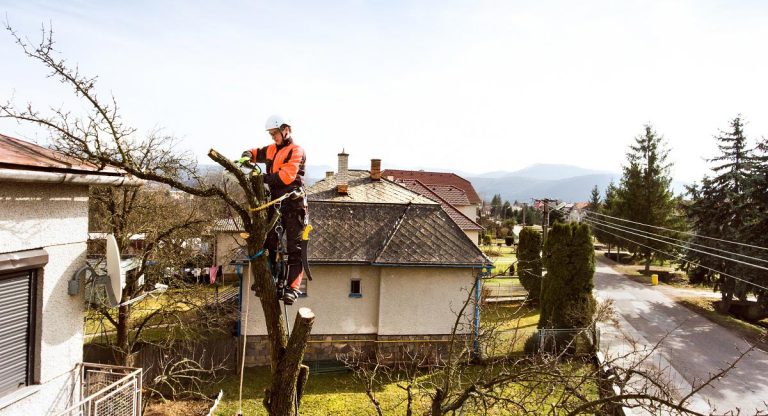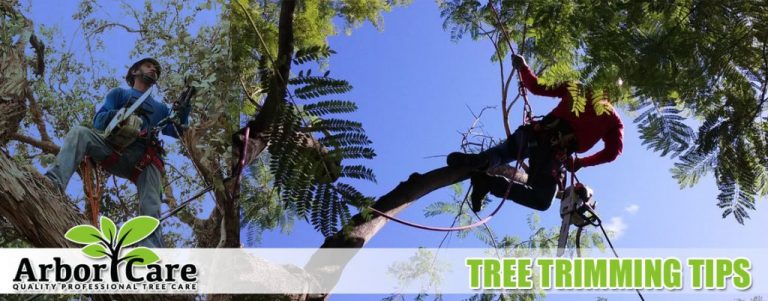Moving Protected Native Plants
Landowners have the right to sell or give away any plant growing on their land. However, no person may legally transport protected native plants for commercial sale from any land without first obtaining a permit from the Arizona Department of Agriculture. The native plant law requires that a person must have a permit to be…
